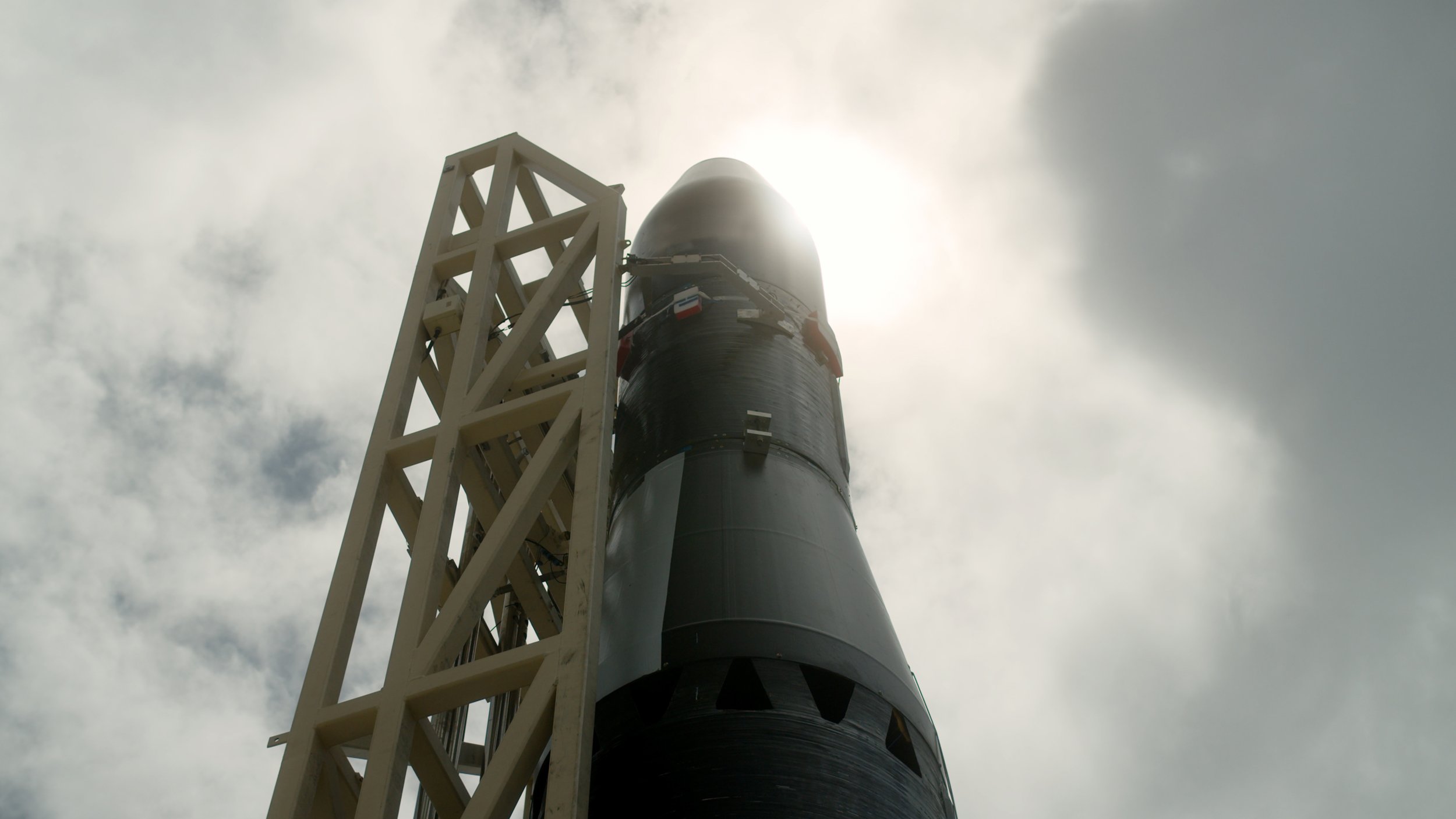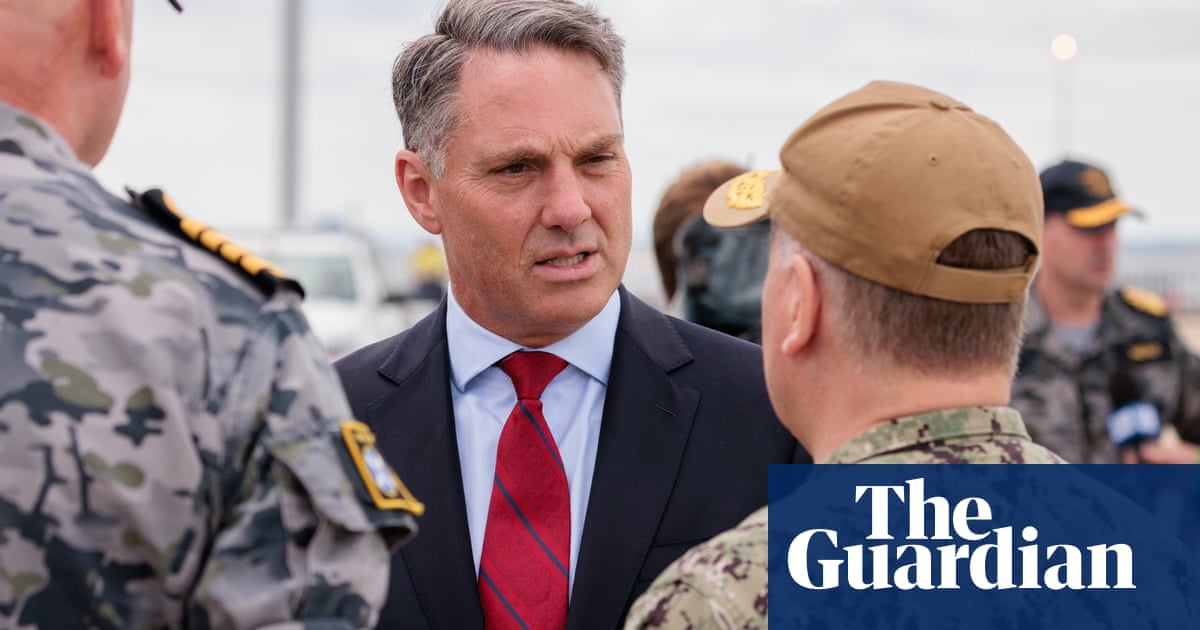
by Sophia Brook
Australia’s National Defence Strategy
#1/24
7 May 2024
The Australian government recently released their much-anticipated inaugural biannual National Defence Strategy (NDS) and experts across the country are currently going through the details to evaluate the good and the bad.
Building on the Defence Strategic Review (DSR), the NDS focuses on a restructure of Defence to allow for increased maritime, amphibious capabilities across all services in response to the current and predicted future threat environment. This environment, although it includes developments farther afield, such as Russia’s invasion of Ukraine and Iran-backed Hamas and other proxy operations in the Middle East, from an Australian perspective, still mainly focuses on developments closer to home. As Defence Minister Marles stated in his launch address: ‘Of course Australia is part of a larger world...But equally, the call for focus means that we simply have to make the difficult decision to keep the vast bulk of our effort in our region. This is what the world would expect of us...But far more significantly and importantly it is where our national interest unambiguously lies.’ The NDS, thus, places significant emphasis on regional partnerships and alliances, underpinned by ‘greater defence and technology cooperation’ with the US and the UK.
With an entrenched strategic competition between the US and China, increased investments by Indo-Pacific countries in sophisticated weapons, and short- and long-term consequences of climate change, including questions of food security, displacement and cross-border migration, there is a variety of challenges Australian policy-makers need to consider. As a result, the government intends to ensure that its Defence is fit for purpose.
As set out in the DSR, defending Australia and its national interests requires a new approach that is broader than the previous strategy that was predominantly focused on military defence. As a result, the government announced that its new NDS would be based on the underlying concept of ‘National Defence’. This concept will encompass a whole-of-nation approach to defence by including non-military considerations such as integrated statecraft, resilience of industry and supply chains, investments in innovative technologies, and boosting a skilled workforce.
In relation to the ADF, the government plans to evolve force structure, posture and preparedness in three distinct phases:
- Enhanced Force-in-Being (now until 2025): refers to immediate changes to the current force
- Objective Integrated Force (2026-2030): refers to the acquisition of critical capabilities
- Future Integrated Force (2032-beyond): refers to the implementation/completion of a fit-for-purpose ADF across all domains
The cornerstone of Defence planning in this context will be a ‘Strategy of Denial’, which aims to deter potential adversaries from taking action that would endanger Australian interests by making them doubt their ability to achieve their objectives at an acceptable cost.
‘Having the most capable Navy in our history’ will be at the heart of this Strategy of Denial. Apart from the much-discussed submarine acquisition, this will include the integration of a new range of missile systems into the Navy’s surface combatants.
Army and Air Force will also see new acquisitions to complement the maritime push. The Army will receive new High Mobility Artillery Rocket Systems, equipped with Precision Strike Missiles and Guided Multiple Launch Rocket Systems, thus, increasing its tactical range of 30 to beyond 500 kilometres. Meanwhile, the RAAF will receive longer range missiles for their Growlers, the Joint Strike Fighters and the Super Hornets. Continued development of hypersonic air-launched weapons is also foreseen in the NDS. The strategy further promises increased investment into Australia’s northern bases, as well as in drone and counter-drone, and cyber-related capabilities.
In order to maximise funding, reductions will be made to the number of new Infantry Fighting Vehicles, the planned acquisition of two large support vessels will be halted for now, and ‘$1.4 billion from planned enhancements to Defence facilities across Canberra’ will be re-distributed to operational bases in the north.
As was to be expected, reactions to the NDS vary, but so far, the overall feedback seems positive. On the negative side, the opposition accused the government of effecting defence budget cuts that would have negative consequences and vowed to increase spending if they were successful at the next elections. Some experts lament a lack of focus on climate change related threats, like displacement and food insecurity, while others criticise the NDS as a ‘failed response to China’. The biggest weakness, identified by experts across the board appears to be what defence expert Jennifer Parker describes as the ‘period of risk’, which stretches from now to the late 2020s/early 2030s, when the first new acquisitions are scheduled to come into action. This weakness, however, is generally understood as a result of bipartisan failure of consecutive governments to make financial commitments and recognise the necessary urgency for action, not as a fault of the NDS itself.
Apart from this main weakness, the general perception of the NDS appears to be that it is a solid strategy that clearly highlights a significant re-shaping of Australian defence planning. Andrew Carr, Senior Lecturer at the Strategic and Defence Studies Centre, defining it as a shift away from declaring principles and towards diagnosing problems, while ASPI Senior Fellow David Uren describes the NDS as a significant achievement for Defence Minister Richard Marles. Other defence experts found ‘much to like’, as the NDS included ‘a solid analysis of Australia’s strategic environment’ and was accompanied by a comprehensive Integrated Investment Program. With both a defence strategy and a budget plan now in place, the next challenge will be the actual implementation of both.











